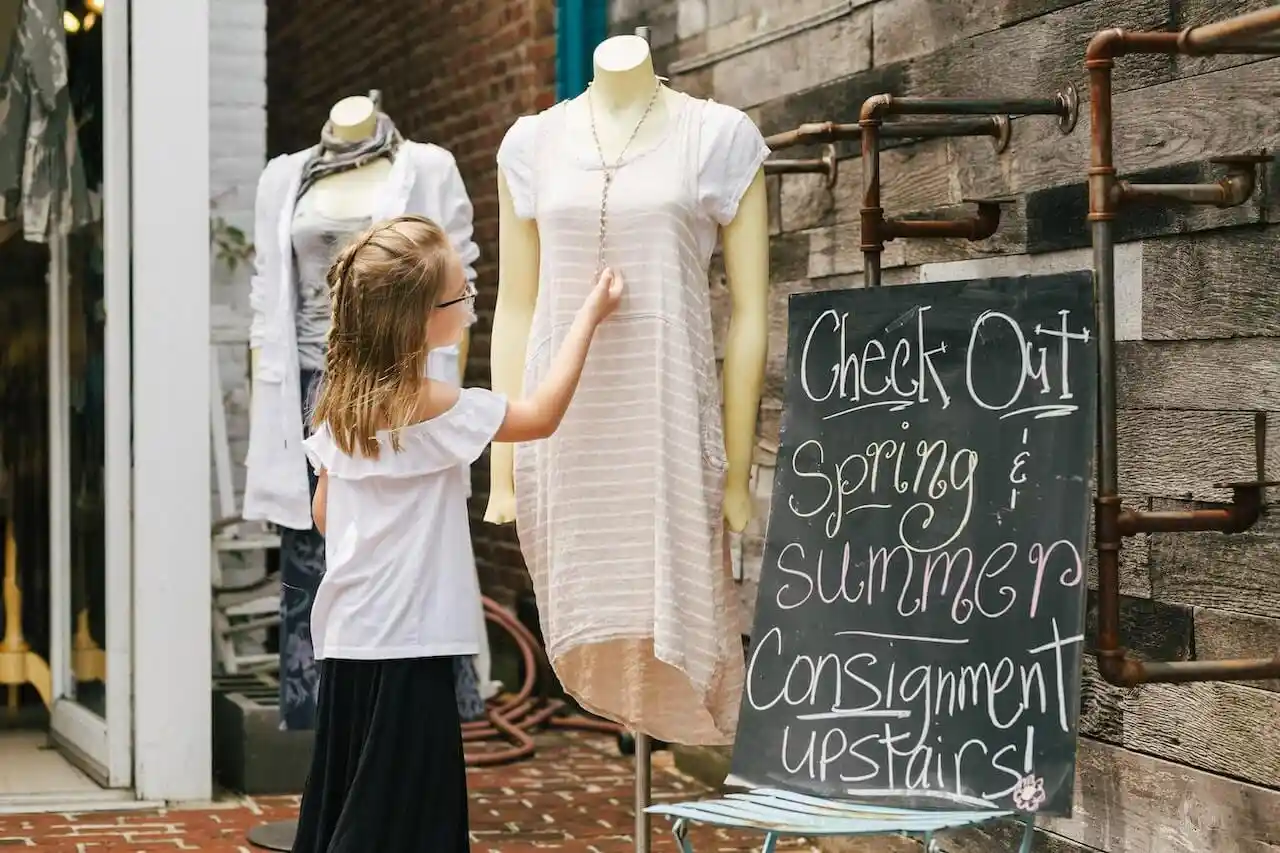
Have you ever wanted firsthand insights on how to increase foot traffic to your retail store? Fortunately, Forbes can help you with that.
Members of the the Forbes Communications Council were recently asked to share some smart and unique marketing tips for physical retailers.
Here’s what they recommend:
1. Start a Community
“People will always be drawn to—and become loyal to—a tribe,” says Amanda Hinski of Frost Valley YMCA.
People want to feel a part of something. This is especially true on social media, where individuals are seeking to create an identity around the communities they belong to.
Providing opportunities for customers to come together for shared experiences and pass those experiences on to others is an attractive incentive to become involved with your brand.
2. Serve Customers’ Immediate Needs
“Increasing targeted foot traffic begins with understanding your customers’ immediate needs,” remarks Cameron Conaway of Solace.
While it’s great for physical retail to offer “an experience,” experiential tactics won’t be sustainable unless they aim to solve real customer challenges.
3. Take Advantage of Location Data
“Location data can help you unlock powerful insights on how your target audience behaves before, during and after a visit to a retail location, as well as how your store’s performance compares to competitors,” states Valentina Marastoni-Bieser of Cuebiq.
When you combine location insights with data sources—like transaction data—you can close the loop on the path to purchase, mapping areas of opportunity to drive business.
4. Transform Your Store into a ‘Brand Temple’
“We’re headed into a world in which e-commerce captures a growing market share,” states Pini Yakuel of Optimove. “Brick-and-mortar shops should become ‘brand temples,’ strengthening the brand and enriching the customer experience, without much stock.”
Consider Apple stores, where customers experience and feel the products, then make a purchase online. The physical stores are there to generate engagement, which then leads to online sales.
5. Extend Value Beyond The Transaction
As Jonathan Bacon of SureCall points out, “The true value-added reseller does more than just sell a product. They provide value to the buyer before, during and after the sales process is over.”
These retailers know what they’re selling and they build expert teams that can answer questions and provide high-level support to customers after the sale.
6. Host In-Store Events to Connect With Customers
“At Adore Me, we’ve seen that physical stores give us an opportunity to really connect with customers and educate them about our brand and its values,” says Iris Voltaire at adoreme.com.
To drive more foot traffic, try hosting in-store events for specific demographics of the store location. And don’t forget to reach out to the local community prior to your event through email blasts and push-SMS.
7. Entice Customers With FREE Brand-Aligned Offers
“One of the best ways to attract new customers is to offer something enticing,” maintains Lisa Wolfington of Benchworks.
This might include anything from a free cup of coffee (think Trader Joe’s) to free Wi-Fi, to personalized customer service appointments.
For example, Nordstrom’s offers a complimentary personal shopper service, which typically results in at least one purchase. Just make sure the offer aligns with your brand.
8. Enhance Physical Presence with Digital Technology
“Brick and mortars must be creative in attracting and retaining customers. One thing we are seeing in IT field services is the use of Internet of Things (IoT) to create a more personalized, frictionless and interactive customer experience,” asserts Jaimie Anzelone of Sitehands.
IoT-enabled devices (sensors, smart shelves, and biometric data) enable retailers to merge their physical presence with the digital world in order to create the ultimate shopping experience.
9. Reach Out on Social First
“We’re seeing customers conduct product research online and then head to a physical store to purchase,” says G’Nai Blakemore at Mattress Firm. “As a brand, we have an opportunity to engage potential customers through social before, during and even after they buy our products.”
“Driving in-store sales through social is key,” adds Blakemore, “whether that’s geotargeted ads or push notifications about sales.”
10. Offer Exclusive and Complimentary In-Store Services
Exclusive products or services are a great way to attract more foot traffic, suggests Sherry Jhawar of Blended Strategy Group.
Think free tailoring for clothing stores, complimentary makeovers for cosmetics specialty stores or a free cooking workshop at a kitchen goods store—these are all good ways to attract individuals that may normally shop online.
11. Use Your Store As a Stage
“The physical store doesn’t have to be endless rows of product,” says Scott Schoeneberger of BlueWater Technologies Group, Inc. “Physical retailers have the opportunity to provide customers something they cannot get online: unique experiences that extend beyond a screen.”
Retailtainment is described as the use of sound, ambience, emotion and activity to get customers interested in the merchandise and in the mood to buy. Treate your store as a stage for unique performance—not just another outlet for transactions—and offer moments customers can connect with, talk about, and share.
Conclusion
“Big box retailers are selling 20,000 square feet of, what? Stuff. There’s no connection, no experience, no service,” exclaims Amy Witt, who opened a Dallas clothing store in November (A Velvet Window). “That model no longer works.”
Witt created a store that strives to feel like a home. Not only does she serve snacks, but she helps shoppers put outfits together. She’s also invited other local businesses to sell in her store, providing her customers with other options to consider if they don’t want to buy clothes.
As Amy and the Forbes Communications Council suggest, retail store experiences aren’t worth leaving the house for in many instances. Especially since we can find and purchase online so easily.
In our digital generation, retailers must create experiences that take people beyond shopping if they want to effectively drive foot traffic.
 by
by 





